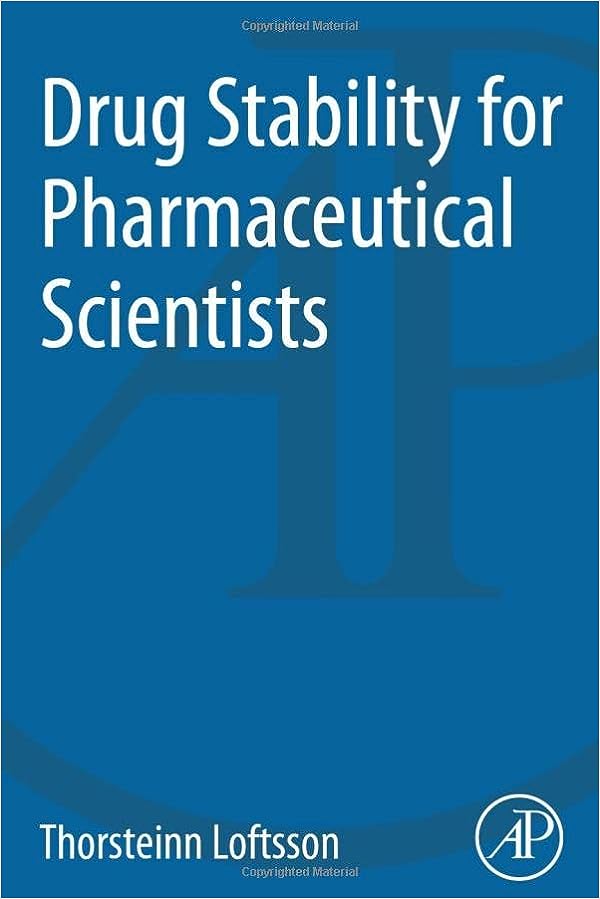Proper documentation and reporting are essential aspects of conducting stability studies in the pharmaceutical industry. Clear and comprehensive documentation ensures the integrity, traceability, and regulatory compliance of stability data, while thorough reporting enables stakeholders to understand the results and make informed decisions.
Key Components
Documentation and reporting requirements for stability studies typically include the following key components:
- Stability Study Protocol: Detailed description of the stability study plan, including study objectives, experimental design, sample collection schedule, storage conditions, and analytical methods.
- Stability Study Plan: Document outlining the overall strategy for conducting stability studies, including timelines, responsibilities, and resources allocated for the study.
- Raw Data: Raw data generated during stability testing, including analytical results, environmental monitoring data, and sample characterization data, recorded in laboratory notebooks or electronic data capture systems.
- Stability Reports: Comprehensive reports summarizing stability study results, including data analysis, interpretation, conclusions, and recommendations for further action.
- Change Control Documentation: Documentation of any changes made to stability study protocols, procedures, or analytical methods, including the rationale for the change, impact assessment, and approval signatures.
- Batch Records: Records documenting the manufacture, testing, and release of stability samples, including batch numbers, manufacturing dates, and testing results.
- Quality Control Records: Records documenting the calibration, maintenance, and performance verification of stability testing equipment, analytical instruments, and environmental monitoring systems.
- Regulatory Submissions: Documentation and reporting of stability study results in regulatory submissions, including new drug applications (NDAs), abbreviated new drug applications (ANDAs), and marketing authorization applications (MAAs).
Regulatory Compliance
Documentation and reporting for stability studies must comply with regulatory requirements from agencies such as the U.S. Food and Drug Administration (FDA), the European Medicines Agency (EMA), and other regulatory authorities. Regulatory compliance ensures that stability data are accurate, reliable, and acceptable for regulatory review and approval.
Conclusion
Documentation and reporting are integral parts of stability studies in the pharmaceutical industry, ensuring the integrity, traceability, and regulatory compliance of stability data. By following established procedures and guidelines for documentation and reporting, pharmaceutical companies can generate high-quality stability data and support the development, registration, and commercialization of safe and effective drug products.
